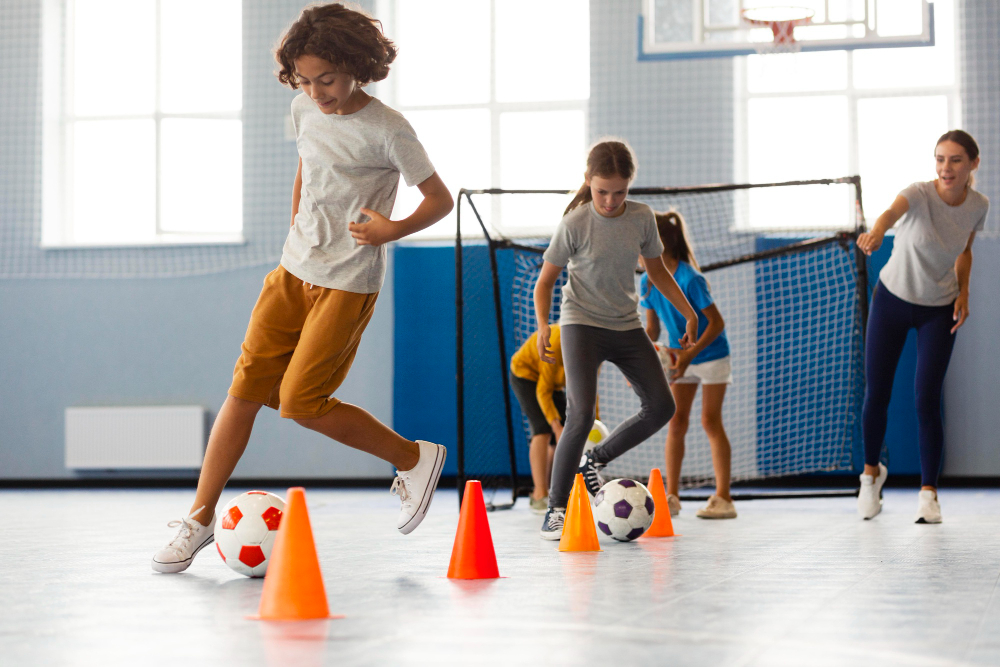Introduction
Physical activity in child development is very important. It means any movement that gets your child’s body moving and heart pumping. For example, running, playing, or even dancing count as physical activity. Not only does it help children grow strong, but it also supports their minds and emotions. Because of this, experts like the World Health Organization (WHO) and the Centers for Disease Control and Prevention (CDC) recommend regular activity for all children. In this blog, you will learn about the benefits of physical activity for kids, fun exercises for children, and how to keep kids active at home or outside.
Benefits of Physical Activity for Children
Physical activity offers many benefits for children. It helps their bodies, minds, and social skills grow. Let’s look at some key areas:
Because of these benefits, physical activity is a key part of healthy child development and exercise should be a daily habit.
Recommended Activity Levels by Age
According to the WHO and CDC, children need different amounts of activity at each age. Here are the main guidelines:
Even short bursts of movement add up. So, encourage your child to move often, both indoors and outdoors.
Fun and Practical Ways to Keep Children Active
Staying active should be fun for kids. There are many ways to keep children moving, even at home or in small spaces. Here are some enjoyable ideas by age group:
Additionally, families in cities can use indoor activities like balloon volleyball or hallway races. The key is to make movement enjoyable and part of daily life.
Overcoming Common Barriers
Sometimes, it can be hard to keep kids active. Busy schedules, screen time, or small living spaces can get in the way. However, there are simple solutions:
With a little planning, every family can find ways to support child development and exercise, even on busy days.
Safety Tips for Active Play
Safety is always important during physical activity. To help prevent injuries, follow these tips:
Because safety comes first, these steps help children enjoy fun exercises for children with less risk.
Encouraging Lifelong Healthy Habits
Children learn best by example. When parents and caregivers are active, kids are more likely to join in. Here are some ways to build lifelong healthy habits:
Because these habits start early, they can last a lifetime. Children who enjoy moving are more likely to stay healthy as they grow.
For more advice on how to keep your child active, whether at home or outside, it’s important to get personalized guidance. Regular physical activity supports your child’s overall health and development.
Consult a pediatric specialist at Sowmya Children Hospital, Hyderabad for expert advice on keeping your child active, healthy, and engaged in age-appropriate activities.

